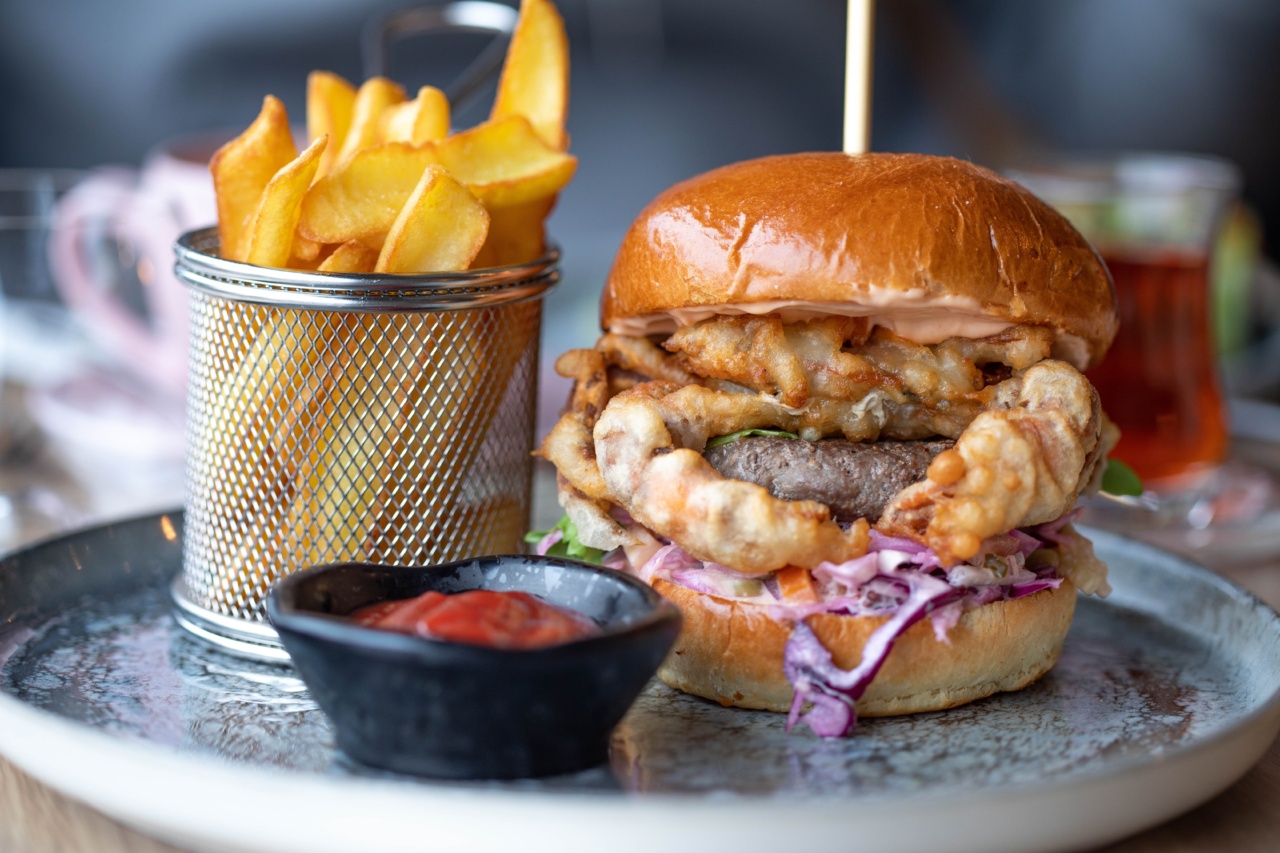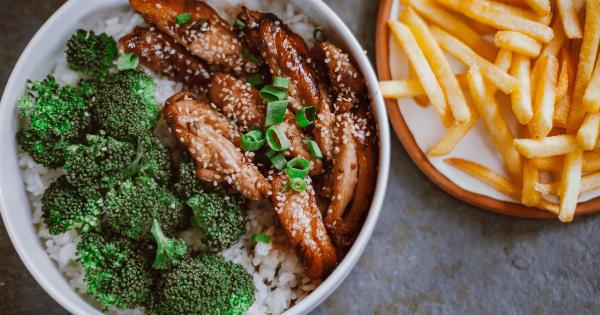In today’s fast-paced world, finding the time and energy to focus on our health and well-being can be challenging.
However, with the right approach and a little effort, we can make positive changes that will not only strengthen our bodies but also help us burn fat. One of the most effective ways to achieve this is by making smart choices when it comes to our diet. By incorporating certain foods into our meals and following a strategic plan, we can optimize our nutrition and maximize our fat-burning potential.
Here is the ultimate 8-step plan to strengthening and burning fat with food:.
Step 1: Prioritize Protein
Protein is an essential macronutrient that plays a crucial role in building and repairing tissues, supporting immune function, and aiding in weight management.
Including high-quality sources of protein in your diet, such as lean meats, fish, eggs, and legumes, can help you feel fuller for longer, boost your metabolism, and preserve muscle mass while burning fat.
Step 2: Embrace Healthy Fats
Contrary to popular belief, not all fats are bad for you. Healthy fats, such as those found in avocados, nuts, seeds, and olive oil, are an important part of a balanced diet.
They provide energy, support cell growth, protect organs, and help with the absorption of fat-soluble vitamins. Incorporating these fats into your meals can help you feel satiated, control cravings, and promote fat burning.
Step 3: Load Up on Fiber
Fiber is an indigestible carbohydrate that adds bulk to food, making you feel full and satisfied after a meal.
High-fiber foods, like fruits, vegetables, whole grains, and legumes, not only regulate digestion and prevent constipation but also slow down the absorption of carbohydrates, leading to better blood sugar control and sustained energy levels. Aim to include a variety of fiber-rich foods in your diet to support fat loss and overall health.
Step 4: Don’t Forget Complex Carbs
Carbohydrates are a primary source of energy, but not all carbs are created equal. Simple carbohydrates, like refined grains and sugars, should be limited as they can cause blood sugar spikes and cravings.
Instead, focus on consuming complex carbohydrates, such as whole grains, sweet potatoes, and quinoa, which provide sustained energy and are rich in fiber, vitamins, and minerals.
Step 5: Stay Hydrated
Water plays a critical role in various bodily functions, including metabolism, digestion, and the transportation of nutrients.
Drinking an adequate amount of water throughout the day can help you stay hydrated, curb your appetite, and enhance the fat-burning process. Aim for at least 8 glasses of water daily and consider incorporating hydrating foods like cucumbers, watermelon, and citrus fruits into your diet.
Step 6: Spice Up Your Meals
Spices not only add flavor to your meals but also offer a range of health benefits. Certain spices, such as turmeric, cayenne pepper, ginger, and cinnamon, have been shown to boost metabolism, reduce inflammation, and regulate blood sugar levels.
Add a variety of spices to your dishes to enhance flavor, increase satiety, and promote fat burning.
Step 7: Optimize Meal Timing
When and how often you eat can impact your body’s ability to burn fat. Consider incorporating intermittent fasting, where you restrict your eating window to a certain number of hours each day, or following a time-restricted eating pattern.
Eating your meals within a specific timeframe, such as 8-10 hours, allows your body to enter a fasted state, promoting fat oxidation and improving insulin sensitivity.
Step 8: Monitor Portion Sizes
While choosing the right foods is important, portion control also plays a significant role in weight management. Even nutritious foods can contribute to weight gain if consumed in excess.
Be mindful of your portion sizes and listen to your body’s hunger and fullness cues. Consider using smaller plates and bowls, and practice eating slowly to give your brain enough time to recognize when you’re satisfied.





























